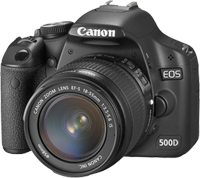 |
Canon 500D. A body that is well worth the money. 500D performs well high-resolution images
and a photo censors that have a factor of 1.6. What is meant by photo-censors factor 1.6, the simplest extension kari o one is that if you take a photo with a
lens 55-250 so take that times 1.6 which then turns the lens to the 88-400. The technology of the 500D is basically the same as the expensive cameras. Above all,
it's ultimately up to you if the picture is good or bad. The equivalent of the Canon 500D today is the Canon 600D
|
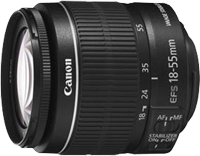 |
Lens 15-55, I use almost never. It is almost exclusively my wife shooting with this lens. It works well for most types of photos.
But it feels too plasticky to me. |
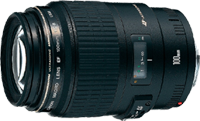 |
Lens Macro 100th This lens I use very frequently when I shoot small objects or to take photos very close to an object.
Detail is very good with this lens.
|
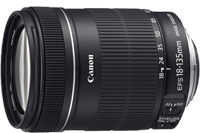 |
Lens 18-135. This lens is usually mounted on my camera. There is a wide-angle lens that does not weigh too much and
have a good light absorption with a lens width of 67mm. With this lens you can capture great close-up of landscape photos. |
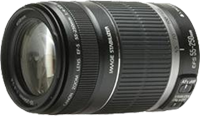 |
Lens 55-250. This is a good telescopic lens when you can not go closer but need to zoom in on your subject.
You can also take a relatively good close-up shots with this lens down to 450 mm from the object. |
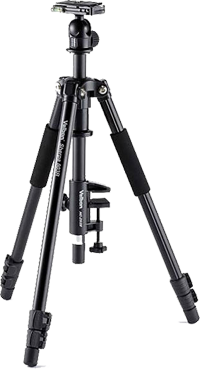 |
A tripod can be useful to have on hand when you begin to experiment with shutter speeds and other features that require stability over time.
The biggest frame I have a Velbon Sharpa 803R in aluminum. |
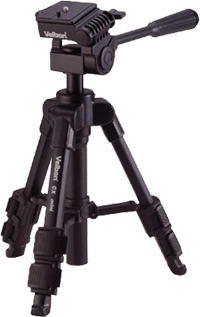 |
My new tripod is a Velbon CX mini that I uses when photographing with a macro lens and need
good support close to the ground. |
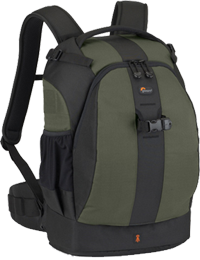 |
To my help, I purchased a wonderfully good backpack called Lowepro flipside 400aw. With this backpack
with hip belt so I can bring my camera, lenses and tripod both at once. In this backpack there are plenty of extra compartments including lens cloths, extra memory, and so on. |
|
|















